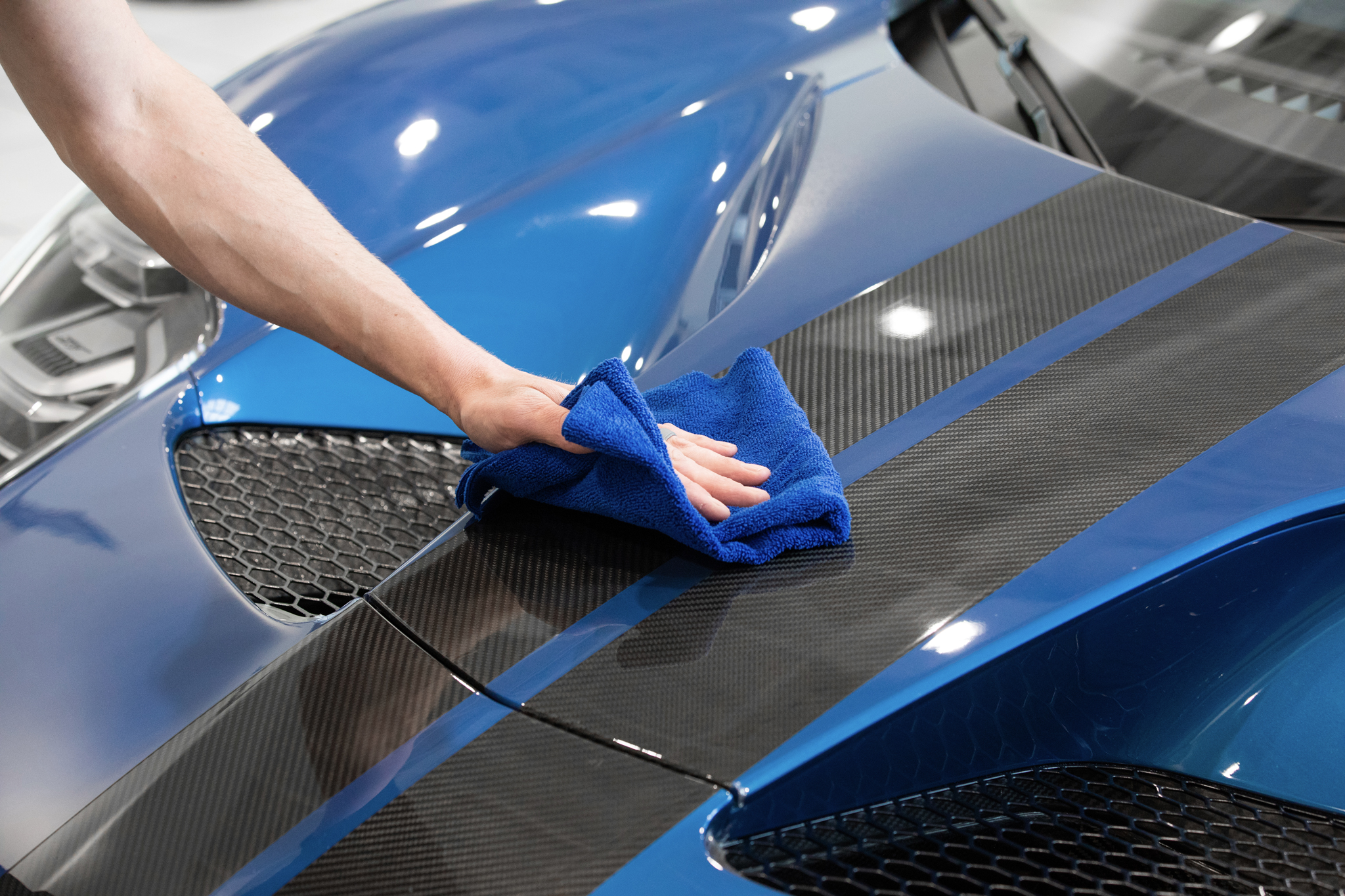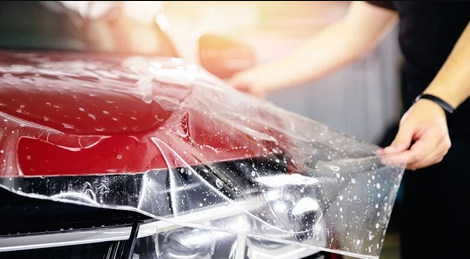Discover the benefits of using paint protection film for vehicle for lasting protection.
Discover the benefits of using paint protection film for vehicle for lasting protection.
Blog Article
Protect Your Cars and truck's Paint With Long lasting and Undetectable Paint Security Movie
Among the most effective options available is the sturdy and invisible paint security film (PPF), which offers as an obstacle versus various ecological threats. This innovative modern technology not just safeguards your cars and truck's paint from scrapes and impurities yet additionally boosts its general worth (paint protection film).
What Is Paint Protection Film?
Paint Protection Film (PPF) is a clear, long lasting urethane layer that is put on the external surfaces of cars to safeguard against physical damages. This high-performance movie functions as an obstacle versus environmental pollutants, abrasions, and minor influences that can compromise the integrity of a car's paintwork. PPF is commonly used on high-impact locations such as the front bumper, hood, fenders, and side mirrors, where the chance of scrapes and chips is enhanced.
Manufactured making use of advanced polymer innovation, PPF is created to be self-healing, implying that minor scratches can disappear with direct exposure to heat. This one-of-a-kind property enhances the long life and aesthetic appeal of the vehicle, keeping its immaculate look in time. Furthermore, PPF is readily available in different finishes, consisting of gloss and matte, permitting lorry proprietors to select a design that matches their vehicle's style.
The setup of PPF needs accuracy and ability, normally performed by trained professionals to guarantee a smooth application. When properly used, Paint Security Movie becomes virtually invisible, offering a reliable safety layer without altering the vehicle's initial look.
Advantages of Paint Security Movie
While several automobile proprietors prioritize looks, the safety top qualities of Paint Defense Film (PPF) provide substantial benefits that prolong past simple look. Among the leading benefits of PPF is its capacity to shield a car's paint from numerous environmental dangers - paint protection film. This includes UV rays, which can cause fading, in addition to pollutants such as bird droppings, tree sap, and roadway particles that can cause undesirable scratches and chips
Moreover, PPF functions as a barrier versus chemical spills and discolorations, protecting the integrity of the paintwork. This not only improves the durability of the lorry's exterior however additionally keeps its resale worth, as a well-protected automobile is a lot more attractive to prospective customers.
Furthermore, lots of contemporary PPF items include self-healing properties, enabling minor scratches to go away gradually when subjected to heat. This ingenious technology ensures that your car maintains an immaculate look with why not look here marginal maintenance.

Exactly How Paint Security Movie Functions
The effectiveness of Paint Security Film (PPF) lies in its innovative composition and application approaches. The movie acts as a barrier versus environmental contaminants, consisting of bird droppings, tree sap, and UV rays, which can discolor and harm paint over time.
The self-healing properties of high-quality PPF enable minor abrasions to vanish when exposed to warm, keeping the lorry's aesthetic appeal. In addition, the film is engineered to be optically clear, making sure that the underlying paint shade stays lively and unaffected.
PPF is additionally resistant to yellowing and staining, which enhances its long life and efficiency as a protective layer. Its application entails a specific procedure that guarantees a smooth fit on the vehicle's shapes, consequently making the most of defense without compromising look. On the whole, PPF acts as an innovative service for automobile owners seeking to protect their automobile's coating and worth versus the roughness of everyday driving.
Installation Refine Explained
Correct installation of Paint Security Film (PPF) is vital to guarantee optimal efficiency and longevity. The procedure commonly begins with a complete cleaning of the car's surface area to get rid of dust, wax, and contaminants. This is important, as any debris can cause flaws in the last application.
Following, the installer measures and cuts the PPF to fit the particular locations of the automobile, such as the hood, fenders, and bumpers. Accuracy is vital during this phase to make sure a seamless fit that lessens visible edges - paint protection film. After reducing, the movie is taken in an option to facilitate easier these details application

When the vehicle is prepped and the film is reduced, the installer carefully positions the PPF on the surface area, using a squeegee to get rid of air bubbles and excess water. This step is important to attain a smooth, blemish-free appearance. The film is then heated to turn on the sticky, ensuring a protected bond with the automobile's paint.
Upkeep and Care Tips
After the installment of Paint Defense Film (PPF), maintaining its honesty and appearance is important to optimizing its advantages. Regular upkeep not just extends the lifespan of the movie but likewise preserves the aesthetic charm of your car.
To begin with, wash your car frequently using a pH-balanced cars and truck hair shampoo. Avoid automatic vehicle my website washes with brushes, as they can damage the movie's surface area.
For persistent impurities like bird droppings, tree sap, or roadway tar, address them quickly. Utilize a mild clay bar method or particular adhesive removers appropriate for PPF. Prevent rough chemicals or solvents that can deteriorate the movie.
Additionally, it's a good idea to use a ceramic covering over the PPF for enhanced defense and luster. This layer adds an added layer of hydrophobicity, making it easier to cleanse.
Verdict
In recap, paint protection film serves as an efficient barrier against ecological risks, protecting the visual and value of automobiles. Spending in paint defense film is crucial for any car owner looking for long-term preservation.
Report this page